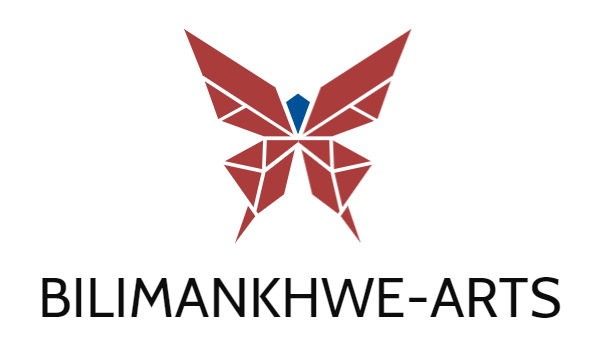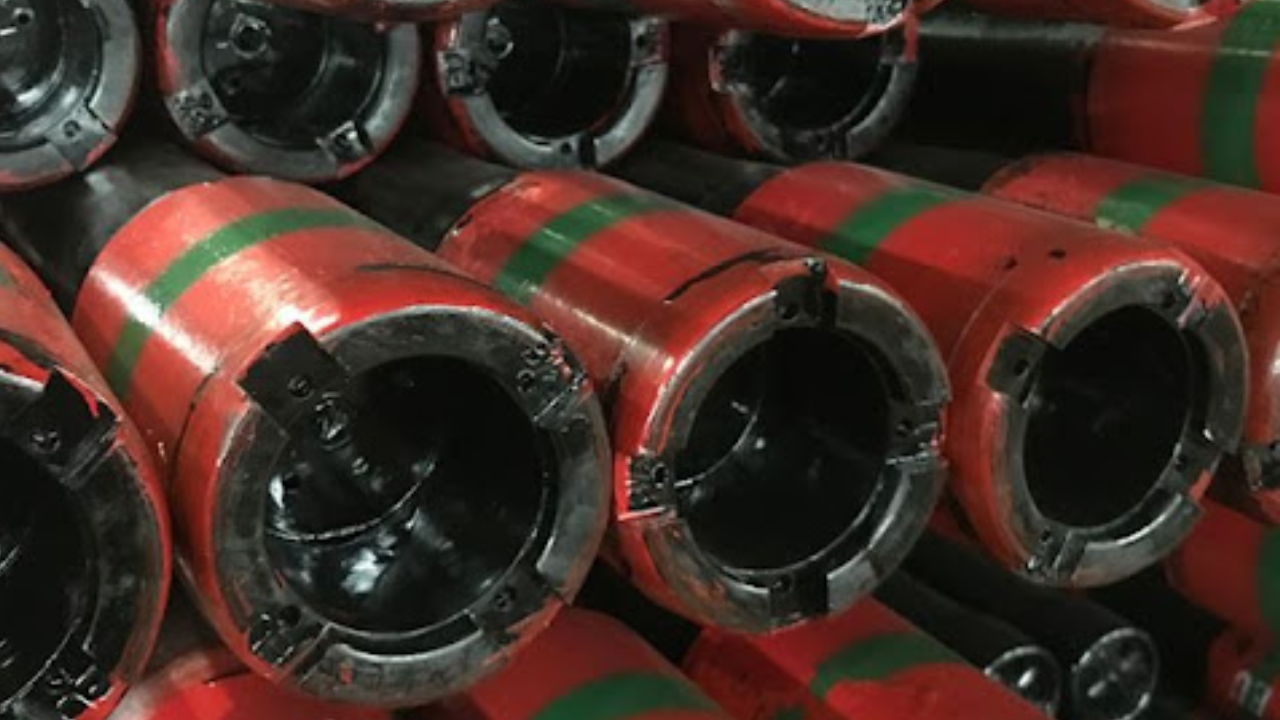Electric Resistance Welded (ERW) steel channels are broadly utilized in different businesses due to their quality, toughness, and cost-effectiveness. The fabricating handle of ERW channels includes rolling an erw steel pipe into a round and hollow shape and welding the edges together utilizing an electric current. The choice of materials utilized in ERW pipe generation is basic because it impacts the execution, unwavering quality, and appropriateness of the channels for distinctive applications. This article digs into the materials regularly utilized for ERW steel channels, giving a comprehensive diagram beneath seven key headings.
Materials Utilized in ERW Steel Pipe Generation
Electric Resistance Welded (ERW) steel channels are created from different materials, each chosen for its one-of-a-kind properties to meet particular application needs. The essential materials incorporate carbon steel, known for its reasonableness and flexibility; combination steel, advertising improved quality and resistance; and stainless steel, prized for its predominant erosion resistance. High-strength low-alloy (HSLA) steel gives an adjustment of quality and weight. Furthermore, coatings and linings assist ensure and expand the life of ERW channels, guaranteeing their appropriateness for differing situations and applications.
Carbon Steel
Carbon steel is the foremost commonly utilized fabric for ERW channels. It is favored for its quality, sturdiness, and reasonableness. Carbon steel channels are categorized based on their carbon substance, which influences their mechanical properties and appropriateness for different applications. Moo carbon steel (moreover known as gentle steel) is used for general-purpose applications where tall quality isn't a necessity. Medium and tall carbon steels offer expanded quality and hardness, making them appropriate for more requested applications. The essential advantage of carbon steel ERW channels is their flexibility, making them perfect for utilize in water, oil, and gas pipelines, as well as basic applications.
Amalgam Steel
Amalgam steel is another fabric utilized within the generation of ERW channels, especially when upgraded mechanical properties are required. Combination steels contain extra components, such as chromium, molybdenum, or vanadium, which move forward the steelâs quality, hardness, and resistance to wear and erosion. ERW pipes made from combination steel are commonly utilized in high-pressure and high-temperature situations, such as within the chemical and petrochemical businesses. The particular alloying components and their concentrations are chosen based on the specified execution characteristics of the pipe.
Stainless Steel
Stainless steel is known for its great erosion resistance and is frequently utilized in ERW pipe applications where introduction to destructive situations could be a concern. Stainless steel pipes are classified into different grades, counting austenitic, ferritic, and duplex stainless steels, each advertising distinctive properties. Austenitic stainless steels, such as review 304 and 316, are especially well-suited for applications within the nourishment handling, pharmaceutical, and marine businesses due to their tall resistance to erosion and recoloring. Ferritic and duplex stainless steels offer progressed quality and resistance to push erosion splitting, making them reasonable for particular applications requiring upgraded execution.
High-Strength Low-Alloy (HSLA) Steel
High-strength low-alloy (HSLA) steel is planned to supply better mechanical properties than carbon steel while keeping up a general moo fetched. HSLA steels are utilized in ERW channels when higher quality and moved forward durability are required without altogether expanding the pipeâ's weight. These steels regularly contain little sums of alloying components like copper, nickel, or chromium, which upgrade their properties. HSLA channels are commonly utilized in auxiliary applications, counting development, and foundation ventures, where high quality and strength are basic.
Pipe Review Determinations
ERW steel channels are regularly fabricated to meet particular review determinations that characterize their fabric composition and mechanical properties. These details incorporate guidelines such as ASTM (American Society for Testing and Materials) and API (American Petroleum Established) grades. For this case, ASTM A53 and ASTM A500 are common measures for ERW channels utilized in basic and weight applications, separately. API 5L may be a standard for ERW channels utilized within the oil and gas industry. The review determinations guarantee that the ERW channels meet the specified execution criteria for their aiming applications.
Coating and Lining Materials
In expansion to the base materials utilized for ERW channels, coating, and lining materials play a vital part in improving the pipes' execution and life span. Coatings such as epoxy, polyethylene, or polyurethane are connected to the outside surface of the channels to supply extra security against erosion and scraped spots. Inner linings, such as cement mortar or polymer linings, offer assistance to ensure the inward surface of the channels from disintegration and chemical harm. The choice of coating or lining fabric depends on the working conditions and the particular prerequisites of the application.
Conclusion: Significance of Fabric Determination
In conclusion, the materials utilized for ERW steel channels essentially affect their execution, toughness, and appropriateness for different applications. Carbon steel, combination steel, stainless steel, and HSLA steel each offer unique properties that make them appropriate for distinctive employment. Understanding these materials and their characteristics is basic for selecting the correct ERW pipe for a given application. Also, coating and lining materials encourage improving the performance and life span of ERW channels, guaranteeing their unwavering quality in different working conditions. By carefully considering fabric options, industries can optimize the execution of ERW channels and guarantee their viable operation over a wide extend of applications.


